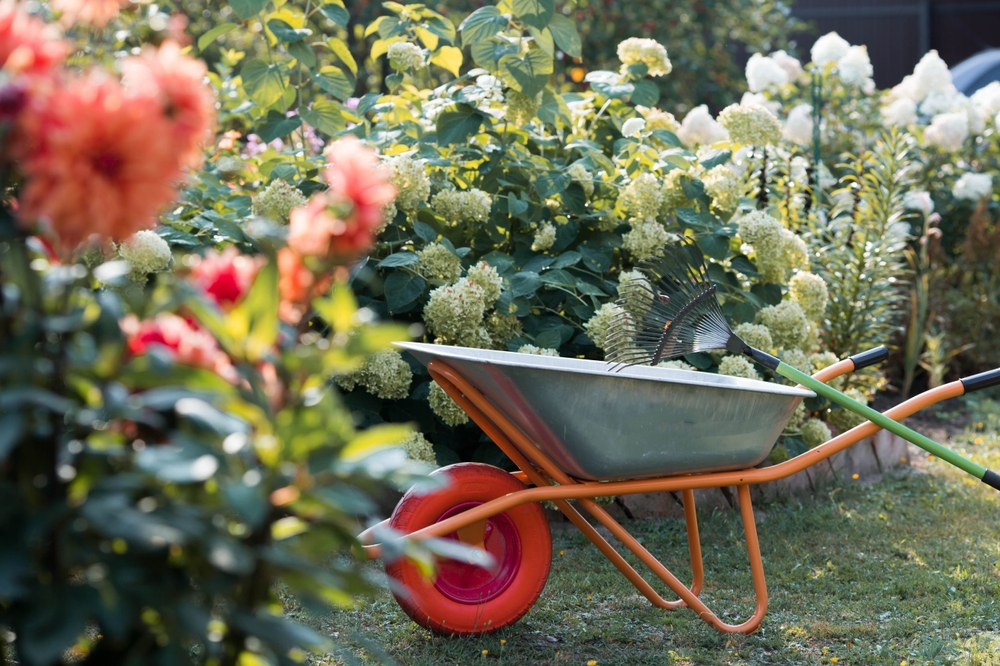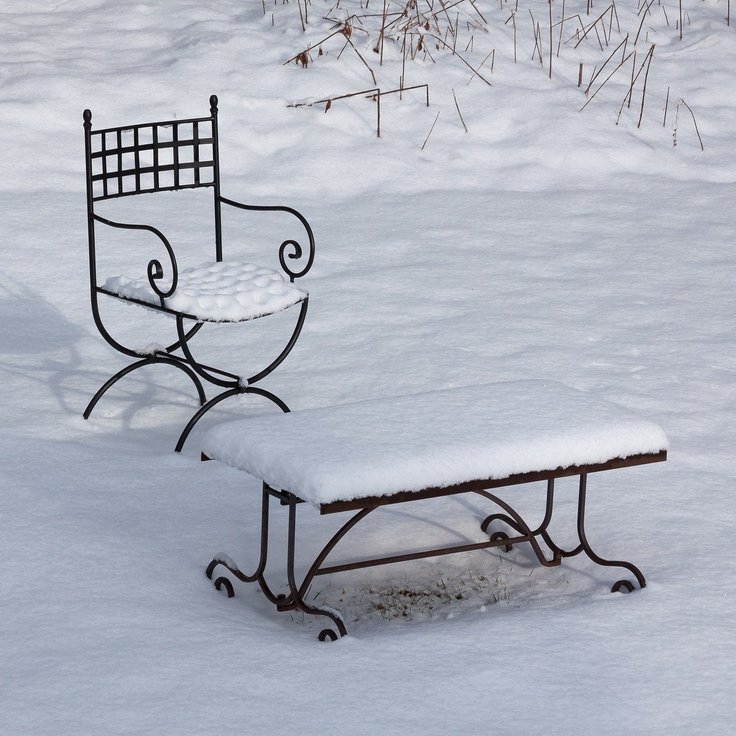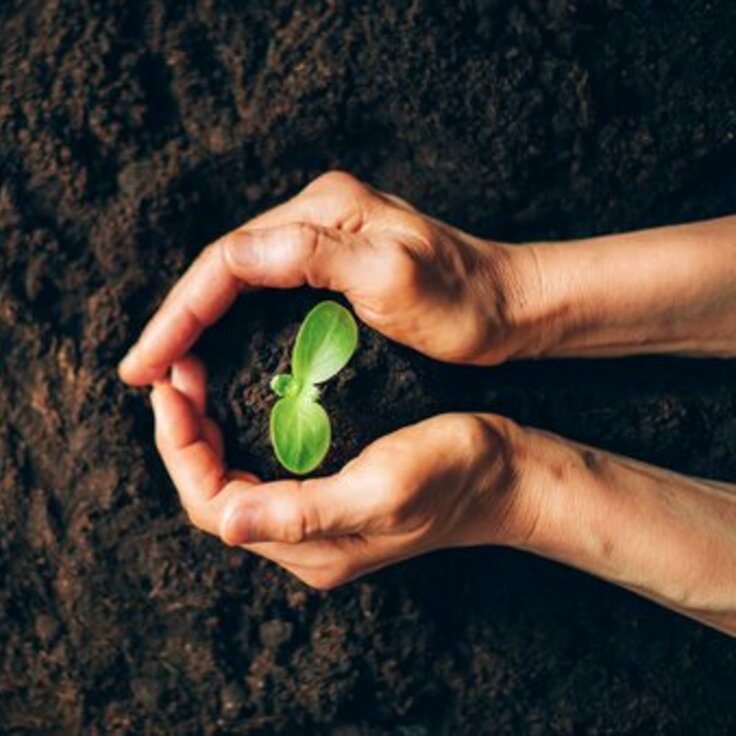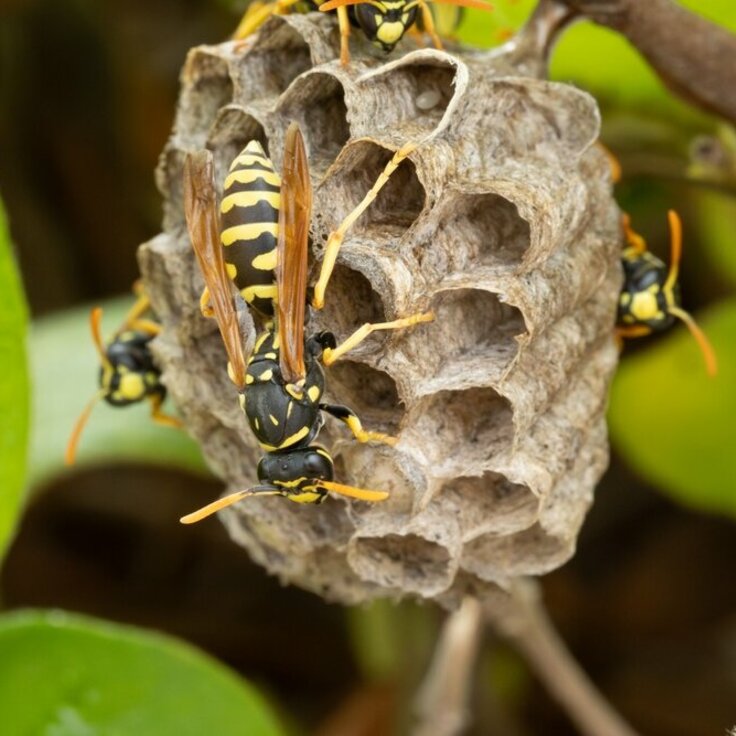September Gardening Tips: Preparing Your Garden for Fall
As the summer heat starts to wane and the crispness of fall fills the air, it's time for gardeners to shift their focus to preparing their outdoor haven for the upcoming season. September is a pivotal month for gardening, as it sets the stage for a successful transition into autumn. Whether you're an experienced gardener or a newbie with a green thumb, these September gardening tips will help you make the most of this transitional period.

Clean and declutter
Before diving into any new planting projects, start by giving your garden a thorough clean-up. Remove spent plants, weeds, and debris that may have accumulated over the summer months. Prune dead or overgrown branches from trees and shrubs to encourage healthy growth and maintain the overall aesthetics of your garden.
Plant fall vegetables
September is an ideal time to plant cool-season vegetables that thrive in the milder temperatures of fall. Consider adding crops like spinach, lettuce, kale, and radishes to your garden. These plants will flourish in the cooler weather and provide you with a fresh harvest well into the autumn months.
Transplant and divide
If you have perennial plants that have outgrown their space or need rejuvenation, September is a great time to transplant or divide them. Dividing plants like hostas, daylilies, and irises not only helps manage their size but also promotes healthier growth. Be sure to water the plants thoroughly after transplanting to help them settle into their new spots.
Prepare for frost
In many regions, the first frost of the season can occur as early as late September. Protect your sensitive plants by covering them with frost cloths or old bedsheets during cold nights. Alternatively, consider bringing potted plants indoors if frost is in the forecast.
Mulch and amend soil
Mulching is a vital step to protect your soil and plant roots from temperature fluctuations during the fall and winter. Apply a layer of organic mulch, such as straw or wood chips, around your plants to help retain moisture and regulate soil temperatures. Additionally, consider amending your soil with compost to improve its structure and nutrient content.
Prune and deadhead
As summer flowers begin to fade, make sure to deadhead them regularly. Removing spent flowers not only keeps your garden looking tidy but also encourages plants to redirect their energy into producing new blooms. Prune back perennials that have finished flowering to tidy up their appearance and prevent disease.
Plant spring-blooming bulbs
Although it might seem too early to think about spring, September is the time to plant bulbs such as tulips, daffodils, and crocuses. These bulbs need a period of cold dormancy to produce beautiful blooms come springtime. Plant them now, and you'll be rewarded with vibrant colors after the winter thaw.
Care for your lawn
Don't neglect your lawn during September. Continue regular mowing, but adjust the height of the mower blade slightly higher to support the grass's health as it enters the cooler season. Consider aerating your lawn to improve soil compaction and allow for better water and nutrient absorption.
September is a crucial month for gardeners, serving as a bridge between the fading summer and the approaching fall. By following these gardening tips, you can ensure that your garden remains vibrant and productive as the seasons change. From planting fall vegetables to preparing for frost and tending to perennials, these steps will help you create a stunning autumn landscape that will be the envy of the neighborhood. Embrace the beauty of this transitional period and let your garden thrive well into the cooler months.








